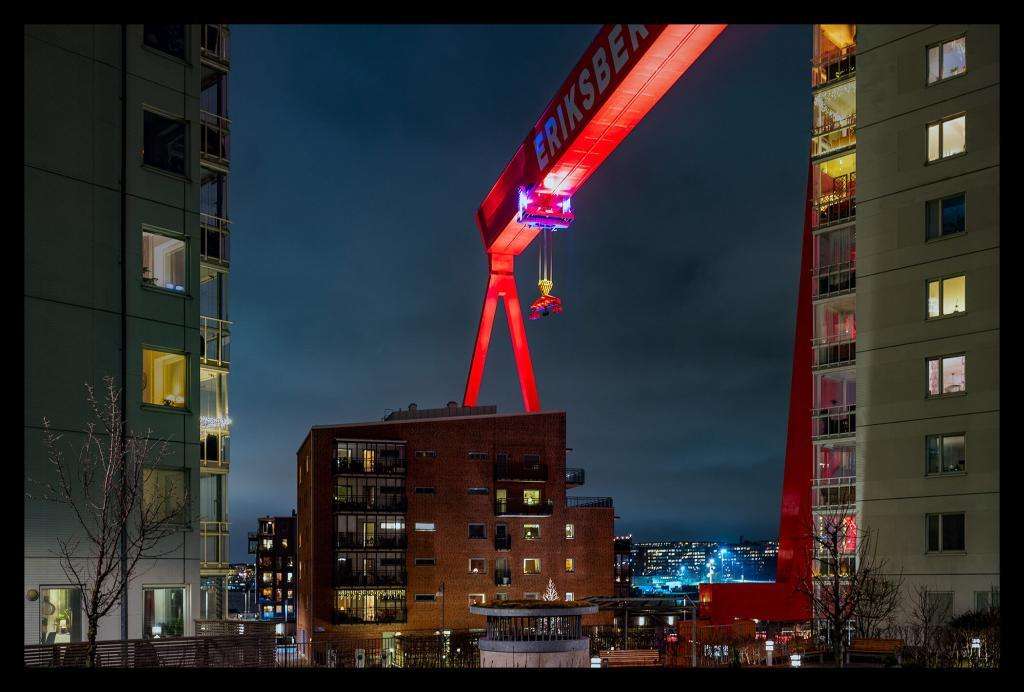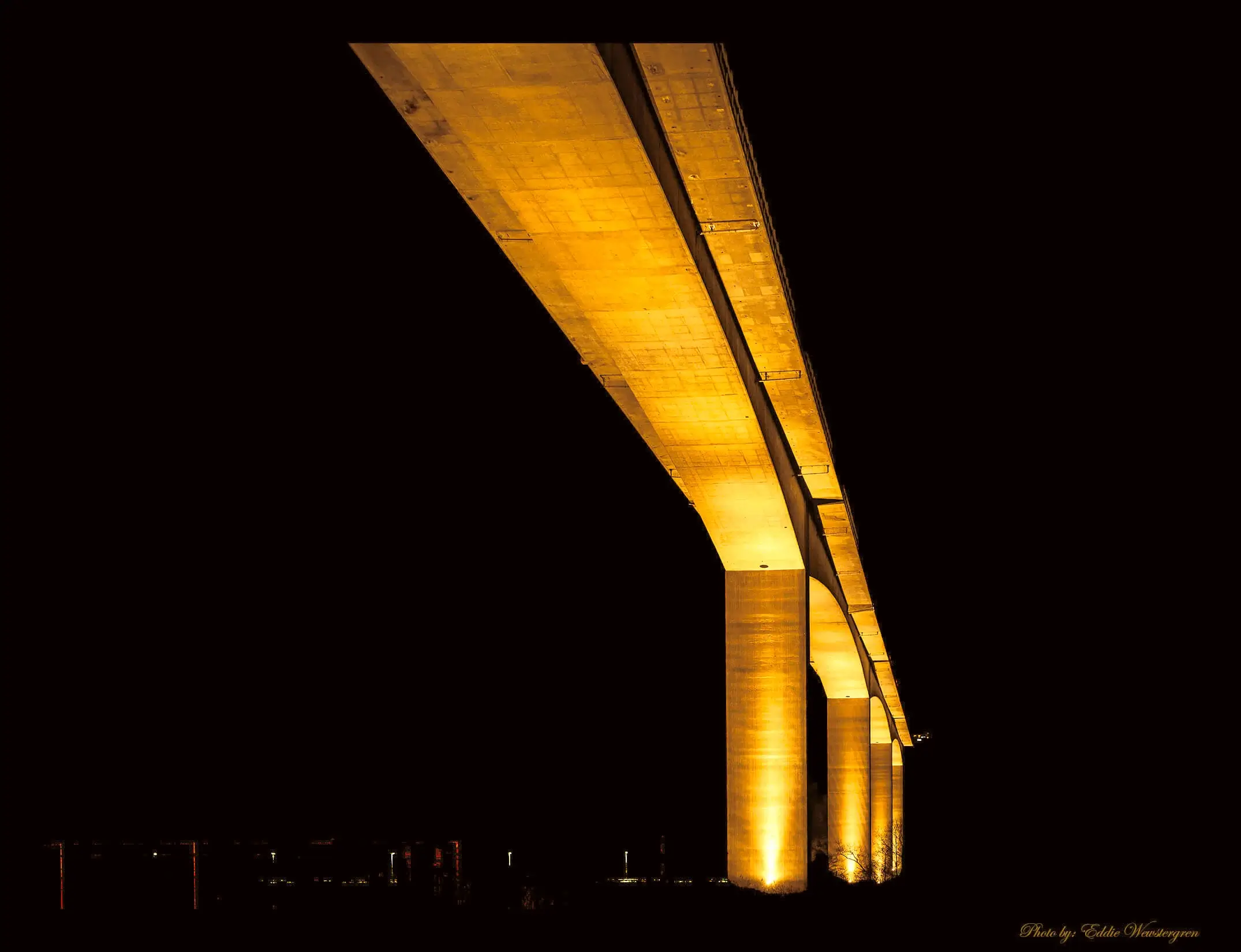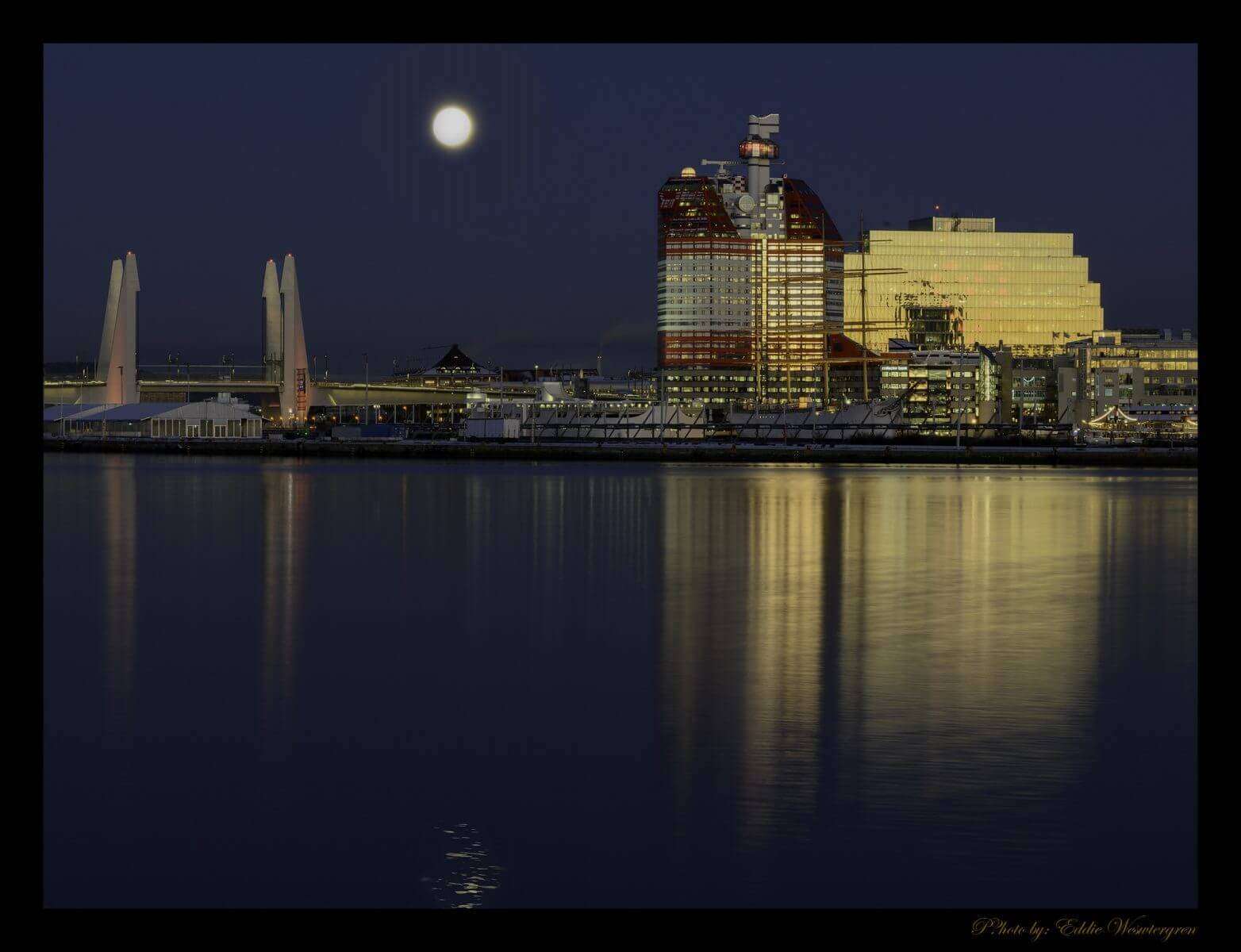Red Snake
The Röde Orm road network
in Gothenburg, Sweden, is a significant part of the city’s transportation infrastructure, known for its distinctive design and essential role in facilitating traffic flow. Named “Röde Orm” (Red Serpent) due to its serpentine shape and the red color of its structures, this network primarily encompasses the E6 motorway and the Gullbergsmotet interchange.
Constructed to improve connectivity and reduce congestion in Gothenburg, the Röde Orm network consists of several elevated roads and bridges that weave through the city. It serves as a critical artery for both local and regional traffic, linking the city center with surrounding areas and facilitating easy access to the north and south of the region. The elevated sections of the road provide not only efficient traffic movement but also offer unique views of the cityscape.
One of the key features of the Röde Orm network is its design, which prioritizes both functionality and aesthetics. The road curves and slopes gracefully, allowing vehicles to navigate smoothly while minimizing abrupt changes in elevation. This thoughtful design helps reduce traffic congestion, contributing to safer driving conditions.
In addition to serving vehicular traffic,
the Röde Orm road network also accommodates pedestrians and cyclists, promoting sustainable transportation options. This integration reflects Gothenburg’s commitment to creating a balanced and environmentally friendly urban environment.
Furthermore, the Röde Orm network plays a vital role during major events and peak travel times, effectively managing the influx of vehicles. It is equipped with modern traffic management systems that monitor real-time conditions, allowing for quick responses to congestion and accidents.
Overall,
the Röde Orm road network exemplifies Gothenburg’s dedication to enhancing urban mobility while maintaining a visually appealing city landscape. Its strategic design and operational efficiency continue to support the city’s growth and development, making it an essential component of Gothenburg’s transportation framework.
Eriksberg
Eriksberg evening view
in the background you can see Älvsborgsbron and on the right side of the photo you have Eriksberg. Located on the north side of the river at the entrance to Gothenburg’s harbor. It was Gothenburg’s shipyard area where many large ships were built until the late 1970s.Yesterdays shipyard,
Eriksberg has been transformed into mainly residential areas and to some extent an area with universities and business parks. Exciting evening lighting that changes color can be found at the old ramp/grind and on the stone wall towards the plateau. Eriksberg’s gantry crane is also illuminated. The lighting of the faucet and the mannequin next to it was awarded the 2010 Award of Excellence by the International Association of Lighting DesignersAngeredsbron
angeredsbron Angeredsbron
is a 930 meter long and approximately 50 meter high bridge over the E6, Göta river, E45 and the train line to Norway, Vänersborg and further east.
The bridge runs
between Hisings Kärra on Hisingen and over to Gårdsten in Gothenburg along roads E6 and E20. The clear height above E6 is 35 meters. The clear height is 47 meters and the clear width is 16.95 meters which is divided into three lanes and a protected two-way lane for pedestrians, cyclists and mopeds. The compartments between the pillars are approximately 130 meters long. The bridge was initially estimated to have a traffic intensity of approximately 10,000 vehicles per day, with a possible increase to 15,000-20,000 as various stages of the motor ring were expanded. During 2007, the traffic was around 11,500 vehicles per day. An approximately 245 meter long tunnel was blasted through Gårdstensberget for a carriageway as well as a separate pedestrian, bicycle and motorbike path.
Hisingsbron
Hisingsbron
connects the island Hisingen with the city of Gothenburg. The bridge was opened to the public in May 2021. In connection with this, pedestrian, bicycle and car traffic was moved there, and in June also bus traffic.
Tram traffic was released in August. This is a photo of the new Hisingsbron which is 440 meters long. In addition to it, there is an approximately 400 meter long exit and access ramp for trams and buses with another such ramp.
The old bridge, whose construction began in 1937, was completed in November 1939. It was 927 meters long and had a sail-free height of 18.3 meters. Demolition of the old Götaälv Bridge began in mid-June 2021 and was completed at the end of February 2022.






